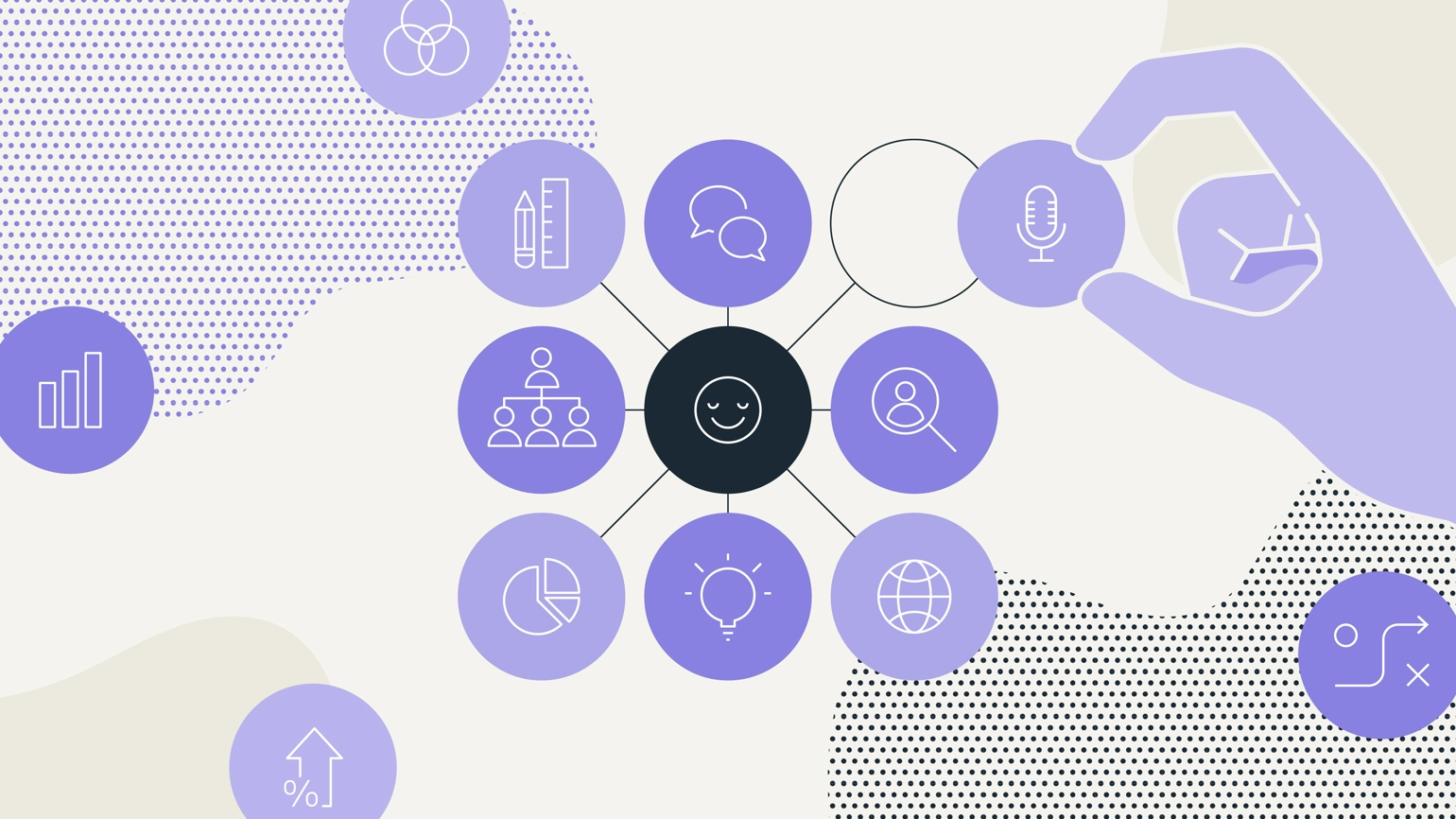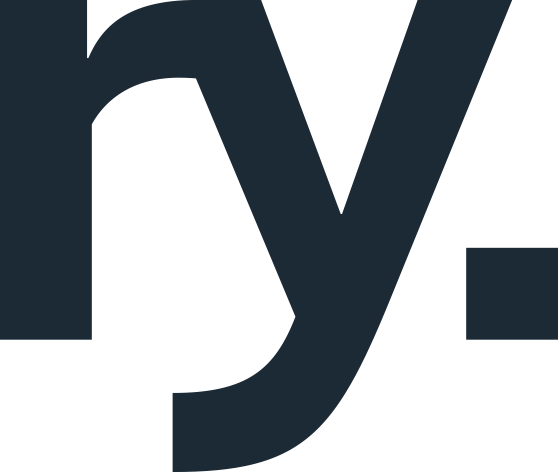Return to journal
Can psychology reveal the secret to workplace happiness?
Our Senior Strategist, Kate Napoli, looks at the psychology behind workplace happiness, evidence-based strategies, and why creating a culture of wellbeing is worth the effort

For some, happiness is that Friday afternoon buzz. The sacred moment you close your laptop and head off for a well-earned weekend. At work, maybe it’s the small things… a good coffee, a meeting that finishes early, or a colleague who just gets it.
But judging by the rise of recent trends like #ActYourWage, quiet quitting (and its angry cousin, rage quitting) it’s clear that many employees are questioning what happiness at work should feel like. Employers are asking the same - with damn good reason.
Why should employers care?
By now, we know happiness isn’t just a nice-to-have - it’s a serious business advantage. Happy employees are less likely to burn out, more engaged, and better at building positive workplace relationships.
And while it feels a little wrong to justify happiness in business terms, let’s talk numbers. Study after study shows that happiness is linked to the bottom line, with happy employees being more engaged, productive, and innovative. Happiness at work leads to:
-
31% higher productivity
-
37% higher sales
-
3 x more creativity
Companies with higher employee satisfaction even outperform their competitors financially. It turns out, giving people a reason to smile is good for the bottom line.
In short, investing in happiness pays.
So, why does it still feel so hard to get right?
Look, it’s not rocket science – but there are a few factors at play that impact happiness at work (honestly, far more than I could cover in a humble blog post).
One that stands out is ‘time famine’ - the feeling of having too much to do and not enough time to do it. As it turns out, knowledge workers (a.k.a. people who think for a living) spend just 39% of their day doing their actual job tasks. The rest? Meetings, emails, and quick updates, that ironically take up most of the day.
And while many of us feel strapped for time – it’s a double-edged sword. With our calendars filled and slacks pinging away, many of us find a sense of comfort in looking busy. You can blame the big, AI-generated elephant in the room; a tumultuous job market, driving knowledge workers to constantly perform busyness so we all appear indispensable.
What might a solution look like? Here’s three possibilities:
1. Encouraging ‘slow productivity’
When was the last time you got properly stuck into something - without feeling you need to check your emails, respond to slacks, or have a big old yap with the well-meaning work pal who needed a quick huddle?
Productivity expert Cal Newport argues that true productivity isn’t about speed. It’s about focusing on fewer tasks, done better. This aligns with Mihaly Csikszentmihalyi’s concept of "flow", where deep, uninterrupted work leads to better performance and a sense of fulfilment.
So how do we move from visible business to slow productivity? It's all about setting realistic goals, rethinking unnecessary meetings, and encouraging a culture of deep, focused ‘flow’ work. It’s not death to the yap (anyone who knows me would attest I’m a big fan). It’s simply about carving out time for deeper thinking in between.
2. Creating space for personal purpose
Enter job crafting. This concept, developed by Amy Wrzesniewski and Jane E. Dutton, encourages employees to redesign their roles to better fit their personal strengths, interests, and values.
Maybe it’s a hospital janitor choosing to view their job not just as a series of tasks, but to make patients feel at ease each day. For my role, this might look like focusing not on surface campaign metrics, but on the impact for real people – whether helping them understand recycling, increasing their resilience to cyber fraud, or contributing to their safety while driving. A simple shift in perspective, with big knock-on effects.
Whether it's tweaking tasks to suit their interests or even reframing how they see their role, studies show that employees who engage in job crafting feel more satisfied and committed (and ultimately, perform better). Organisations can actively support this by giving employees more autonomy over their work and creating space for people to shape their roles in ways that energise them.
Who knows? Maybe it’ll even help with the Sunday scaries.
3. Actively encourage workplace friendships
Happiness isn’t just about what you do - it’s about who you do it with. By this point, it’s well established that loneliness is as bad for your health as smoking 15 cigarettes a day.
And in the workplace? It turns out having a best friend at work makes you seven times more engaged.
It makes sense. Work is better when you’ve got someone to share the highs (and the collective eye rolls) with. And yet, workplace friendships are often undervalued in business strategy. Investing in meaningful workplace relationships can drive morale, collaboration, and job satisfaction in a way many initiatives never could.
… And get the fundamentals right first
These techniques aren’t a quick fix for deeper issues. No amount of job crafting, slow productivity, or team bonding can compensate for not meeting the basics. Fundamental employee needs, like flexibility and fair pay, aren’t optional - they’re the essential foundation from which we should build upon.
For those of you who skipped to the end – hello! Here are some of our secrets to employee happiness, all packaged up in a nice little list:
-
Encouraging meaningful work over busy work
-
Give employees autonomy to craft their roles
-
Find opportunities to encourage workplace friendships
-
Meet fundamental needs before anything else
Whether it’s communicating the adoption of AI with care, encouraging healthy workplace friendships, or connecting employees with their purpose, we love helping our clients with campaigns that support employee happiness.
If you're ready to help your employees connect with purpose, let’s talk.
Disclaimer: This is not a substitute for pizza parties. The more pizza the better.
